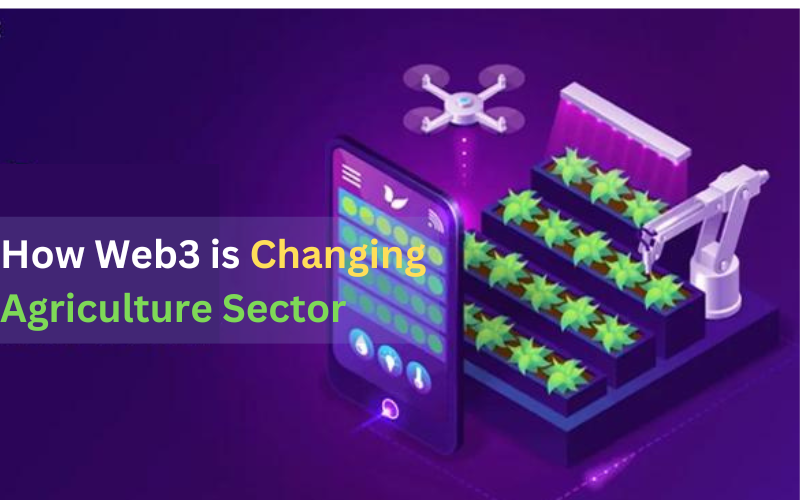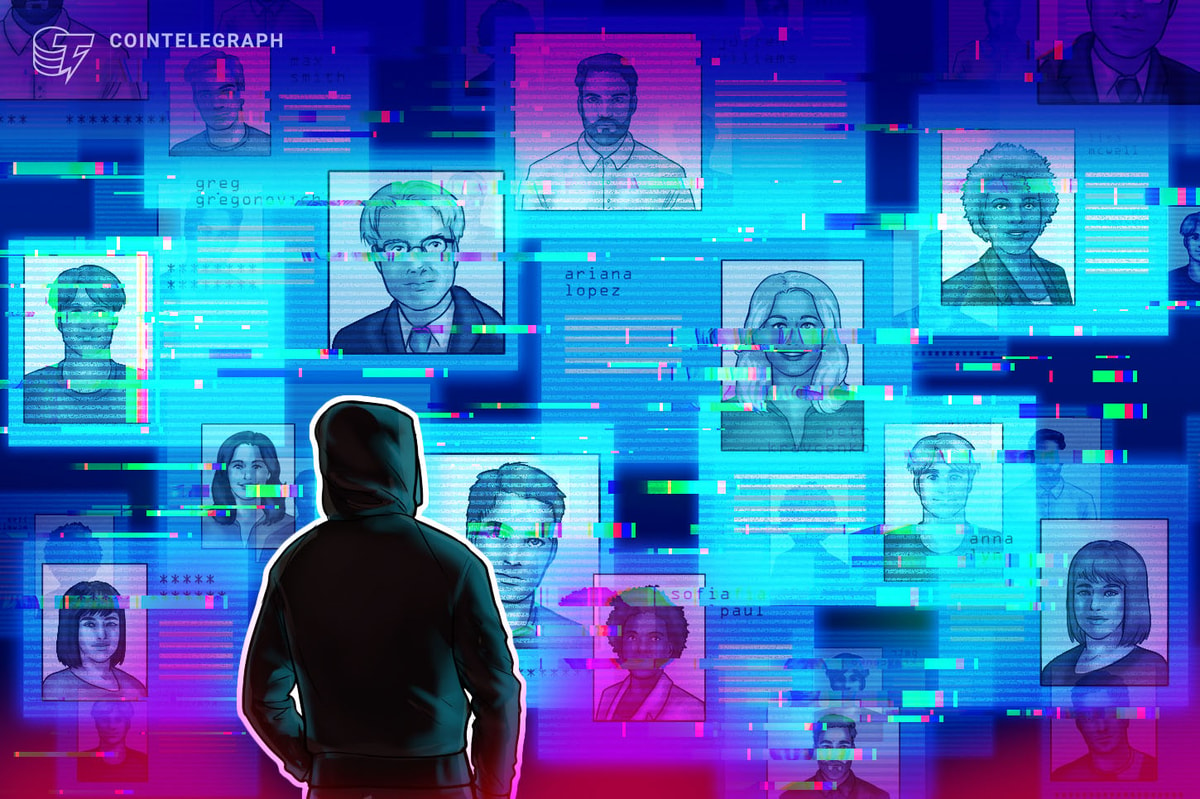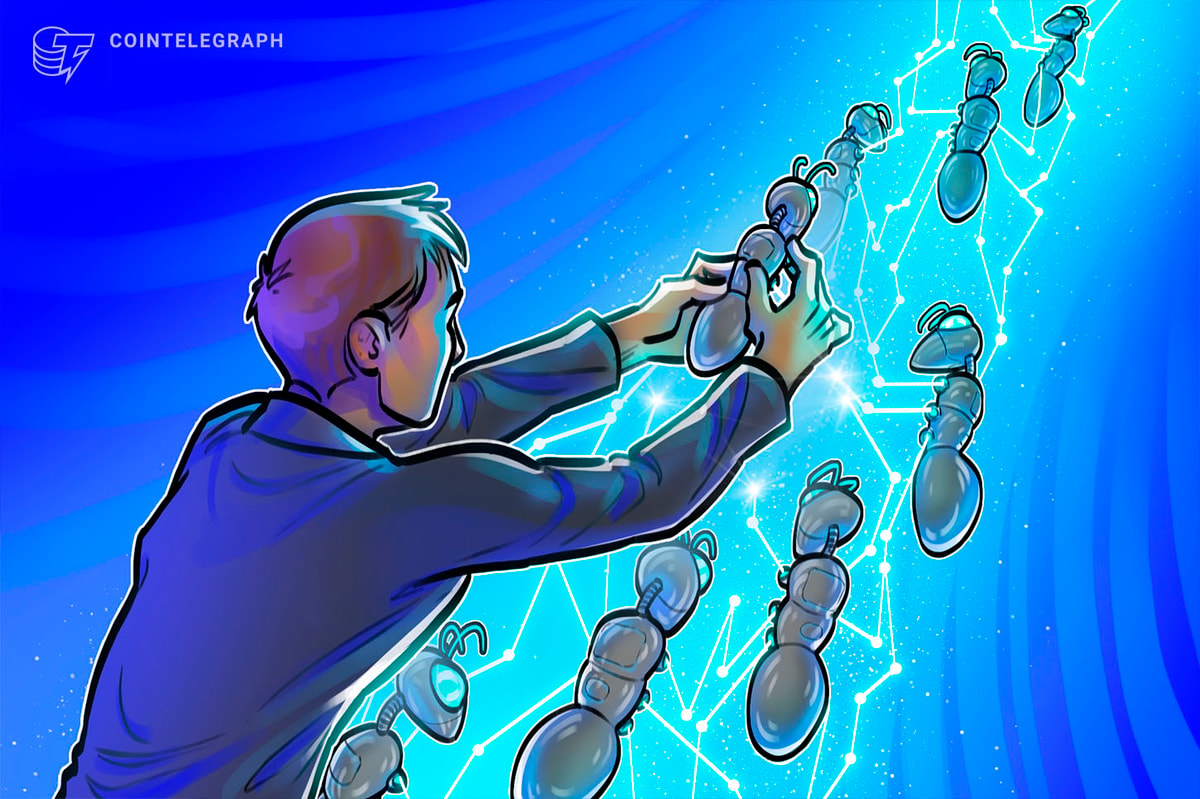Agriculture is not often linked with technological innovation, but in a relatively short period, the industry has transformed into a hub for innovation and investment.
The agricultural sector is receiving more attention due to the growing awareness of climate change, the potential need to feed an extra two billion people by 2050 while managing resource depletion, and the industry’s significant contribution to greenhouse gas emissions.
There has never been a more pressing need for a sector to completely transition to more sustainable agriculture techniques that use fewer pesticides, provide higher yields, and minimize waste and emissions.
Another important need is safeguarding the areas most vulnerable to the consequences of climate change. Web3 development has made it possible for innovation in the agriculture industry to grow very quickly. Particularly about the usage of data. Until now, only a relatively limited number of institutions and organizations have owned and profited from data, which has raised concerns about problems including lack of transparency, poor data quality, prejudice, and manipulation.
Open data on blockchain solves the majority of these issues and has already sparked a variety of practical applications, some of them are listed below:
Improving Transparency and Food Supply chain
Food supply systems have become very complex and extensive. Retailers, let alone customers, need help tracing the source of items. Blockchain, on the other hand, may record data on any product from the farm to the plate.
Smart sensors and artificial intelligence (AI) technologies make it possible to track the specific origins of a salad leaf, determine whether it had had fertilizer treatment when it was harvested, packaged, or transported, and more. Other major retailers are now following Walmart’s lead in their efforts to increase openness in the decentralized food supply networks on the blockchain. Walmart has been working on this for several years.
Finance for Small Scale, Unbanked Farmers
According to the World Bank, half of the farmers worldwide lack bank accounts. The number of farmers is 440 million. Likewise, a survey of Kenyan farmers revealed that 98% possess cell phones. A smartphone is revolutionary because it gives farmers access to banking services. This may include utilizing cryptocurrency platforms to get micro-loans and having the ability to instantaneously, directly, and without the need for a middleman, pay for or receive payment for products and services. This Web3-powered initiative has the potential to significantly enhance the standard of living in developing countries since many communities rely entirely on their local farmers for all of their food requirements.
Index Insurance for Small-Scale Farmers
Contrary to popular belief, roughly 95% of farms worldwide are tiny holdings
with fewer than five hectares of land. These farms provide 80% of the food for certain countries, including Asia and Sub-Saharan Africa. Unfortunately, these areas are already disproportionately impacted by climate change, and a severe weather event might have a disastrous impact on farmers’ and local communities’ ability to support themselves.
The foundation of Web3-driven index insurance is unmodifiable clean, and open digital data from weather stations and farms on the blockchain. As a result, claims may be handled quickly and paid out automatically. Farmers may reduce their risk exposure and susceptibility to poor weather, equipment failure, and other issues.
Blockchain-Powered Carbon Markets
Agriculture is a sector that is particularly well-suited to joining the ecosystem of carbon offsets. The greatest carbon sink outside of oceans is soil, and one of the most effective natural ways to combat climate change is by securing carbon in agricultural soil via photosynthesis. Agriculture now accounts for a significant portion of the world’s emissions, but it also offers a big chance to reduce atmospheric CO2. Unfortunately, many farmers still need the resources to switch to more environmentally friendly agricultural methods, which prevents them from being able to get carbon certification.
Meanwhile, societal and economic constraints are making it more and more necessary for firms to place environment, social, and governance (ESG) at the center of their operating model. However, businesses trying to offset their remaining emissions are still looking for extra, quantifiable, transparent, and long-term, top-notch carbon initiatives. While conventional financial methods often fall short of farmers’ economic demands, the introduction of blockchain and Web3 technology allows concerned people to band together swiftly to support an important cause that needs funding.
This is precisely what is happening in the carbon markets, where several platforms powered by blockchain have appeared and are funding and pre-funding high-quality agricultural carbon projects.
Scratching the Surface of Endless Potential
While talking about cryptocurrencies and get-rich-quick scams dominates the typical discussion about blockchain and how web3 is transforming the agriculture sector. Web3 is unquestionably more transformative for agriculture than introducing the first tractor over 150 years ago. It provides many opportunities, from enhancing the standard of living for farmers and communities worldwide to assisting the industry in becoming more environmentally friendly and sustainable. The uses of Web3 powers in agriculture now, not to mention its future potential, are barely covered by the examples above. Keep an eye on this area for updates.
Final Thoughts
Web3 technology is developing. There is still a long way to go, even though it has transformed numerous sectors.
But it’s becoming obvious that web3 has applications in the agricultural sector. Over a billion people are employed in the over 2.4 trillion dollars global agricultural economy. There is more potential than ever for creativity.
Derek T Belford is a freelance content writer with a passion for all things related to blockchain and tech. He looks forward to bringing you more news relating to the fast-paced world of Crypto, NFTs and Web3 from his home office in New York.
Read More: news.google.com









 Bitcoin
Bitcoin  Ethereum
Ethereum  Tether
Tether  XRP
XRP  Solana
Solana  USDC
USDC  Dogecoin
Dogecoin  TRON
TRON  Cardano
Cardano  Lido Staked Ether
Lido Staked Ether  Wrapped Bitcoin
Wrapped Bitcoin  Hyperliquid
Hyperliquid  Sui
Sui  Wrapped stETH
Wrapped stETH  Chainlink
Chainlink  Avalanche
Avalanche  Stellar
Stellar  LEO Token
LEO Token  Bitcoin Cash
Bitcoin Cash  Toncoin
Toncoin  Shiba Inu
Shiba Inu  Hedera
Hedera  WETH
WETH  USDS
USDS  Litecoin
Litecoin  Wrapped eETH
Wrapped eETH  Monero
Monero  Polkadot
Polkadot  Binance Bridged USDT (BNB Smart Chain)
Binance Bridged USDT (BNB Smart Chain)  Ethena USDe
Ethena USDe  Bitget Token
Bitget Token  Pepe
Pepe  Pi Network
Pi Network  Coinbase Wrapped BTC
Coinbase Wrapped BTC  WhiteBIT Coin
WhiteBIT Coin  Aave
Aave  Uniswap
Uniswap  Dai
Dai  Bittensor
Bittensor  Ethena Staked USDe
Ethena Staked USDe  Aptos
Aptos  NEAR Protocol
NEAR Protocol  Cronos
Cronos  OKB
OKB  Jito Staked SOL
Jito Staked SOL  BlackRock USD Institutional Digital Liquidity Fund
BlackRock USD Institutional Digital Liquidity Fund  Internet Computer
Internet Computer  Ondo
Ondo  Ethereum Classic
Ethereum Classic